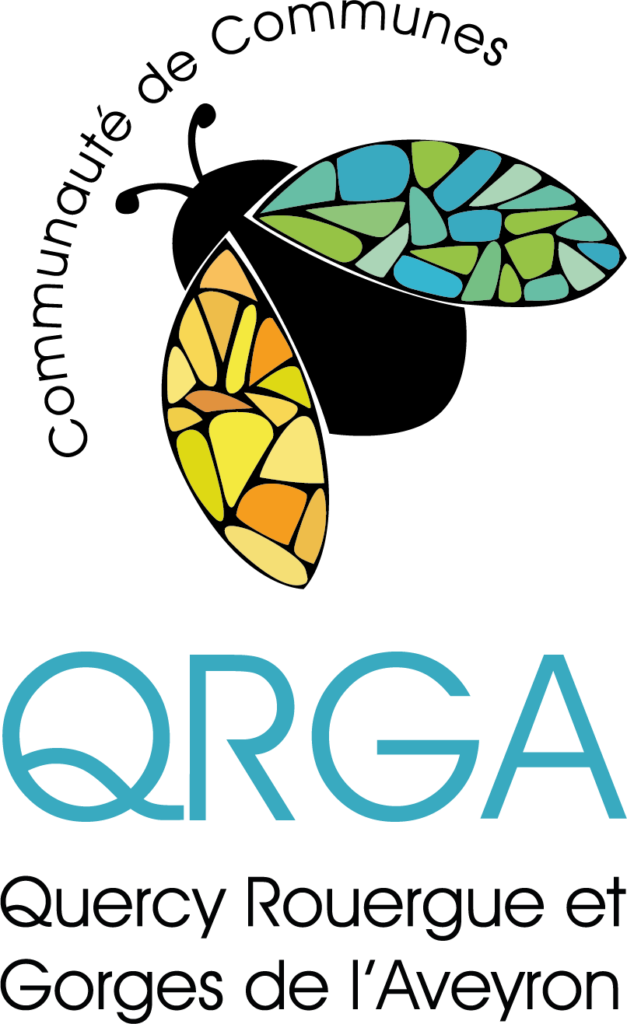Saint-Antonin-Noble-Val, a medieval town in the heart of the Aveyron Gorges, is a recognised regional centre for outdoor activities, not to mention the many arts and crafts enthusiasts, the charm of its narrow streets and its famous Sunday market. Legend has it that the body of Saint Antonin, martyred in Pamiers, sailed here in a boat driven by two white eagles. A monastery founded in his honour in the 8th century is at the origin of the town, whose layout dates from its greatest expansion. A crossroads of trade routes and a dynamic trading centre, Saint-Antonin grew considerably. Its merchants were present in Italy, Spain and Flanders, and its products went to England and Holland. Tanneries and draperies developed in the Bessarel district. Art, enriched by contacts with Italy, was expressed from the 12th to the 16th century in sculpture and the decoration of bourgeois houses. The town was the seat of a viscounty, as evidenced by the "Maison Romane", built around 1150 and one of the oldest in France, the court of the viscount's viceroy, which became the town hall in 1313. Today, Saint-Antonin, situated on the borders of Quercy, Albigeois and Rouergue, is one of the oldest towns in the region. Dominated by the Roc d'Anglars, whose high walls stand majestically, St Antonin is nestled in a valley between the Aveyron and Bonnette rivers. The old houses, entwined along the winding streets with their geminated or mullioned windows, Gothic or Romanesque arches, old gates and covered market hall, are an invitation to stroll and discover. Saint-Antonin-Noble-Val has around twenty magnificent footpaths for walking, horse-riding and cycling, over 600 listed climbing routes and a number of caves for exploring the underground world. Canoeing down the Aveyron gorges takes you through varied and sumptuous landscapes: sheer cliffs, bridges, banks and natural beaches, gorges, etc. In the heart of a tourist region, Saint-Antonin-Noble-Val offers a wide range of summer events: cultural events (art fairs, concerts, theatre, dance, etc.), heritage events (threshing festival, harvest festival, heritage days, etc.) and night markets. The village is also alive all year round thanks to its many artists and craftspeople: painters, sculptors, jewellers, leatherworkers, dressmakers... and also thanks to its famous market, which takes place every Sunday morning. The old mansions intertwined along the narrow, winding streets, filled with mystery and shadows, are an invitation to stroll and wander. Come and discover the Maison Romane, the oldest civil monument in France. Finally, water has always had a special place, with tanneries dating back to the 12th century, thermal baths at the beginning of the 20th century and the bottling plant that markets Saint-Antonin-Noble-Val water, known as the Source du Prince Noir.











